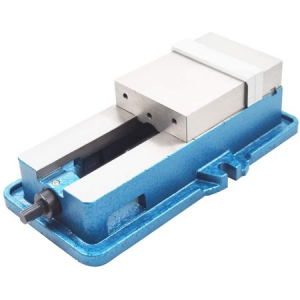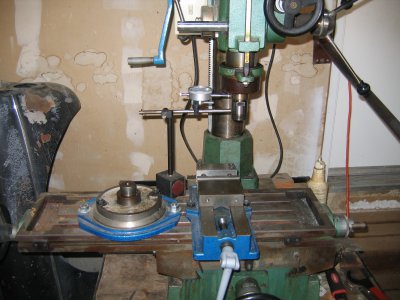- Joined
- Nov 26, 2018
- Messages
- 332
My opinion, get a vise that has a lip around perimeter. normally that is used for the coolant to spill toward the hold down clevis. Though that work well for holding clamps in any orientation on the table. The money on the swivel base would be better spent on a vernier protractor, sine bar and blocks, or angle blocks. any of these can be rested on the flat square surface of the vise and lay along the lip of the vice jaw. then sweep a test indicator left to right to tram the vise to the exact angle. the protractor on the swivel base in near useless on its own.



